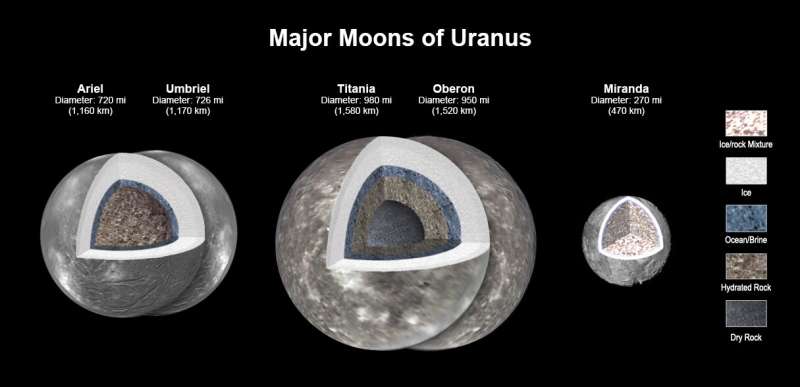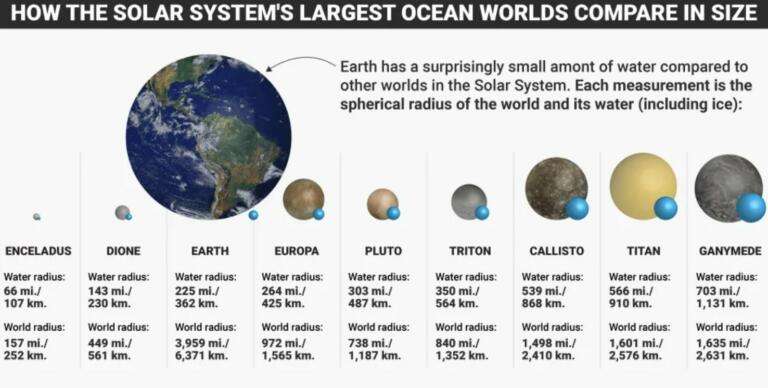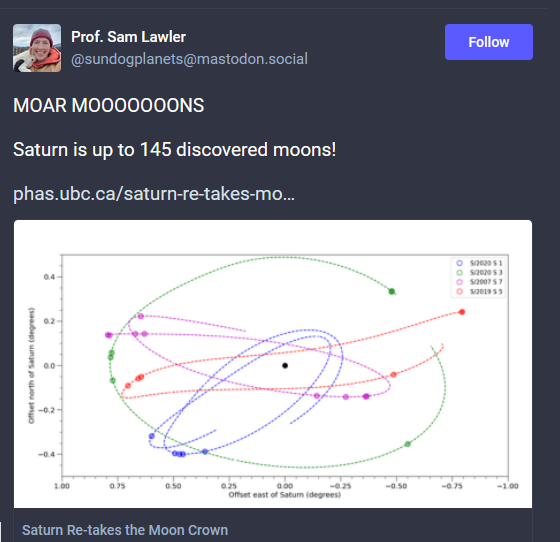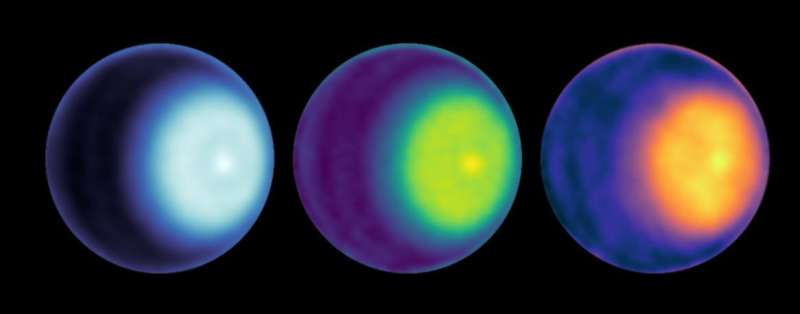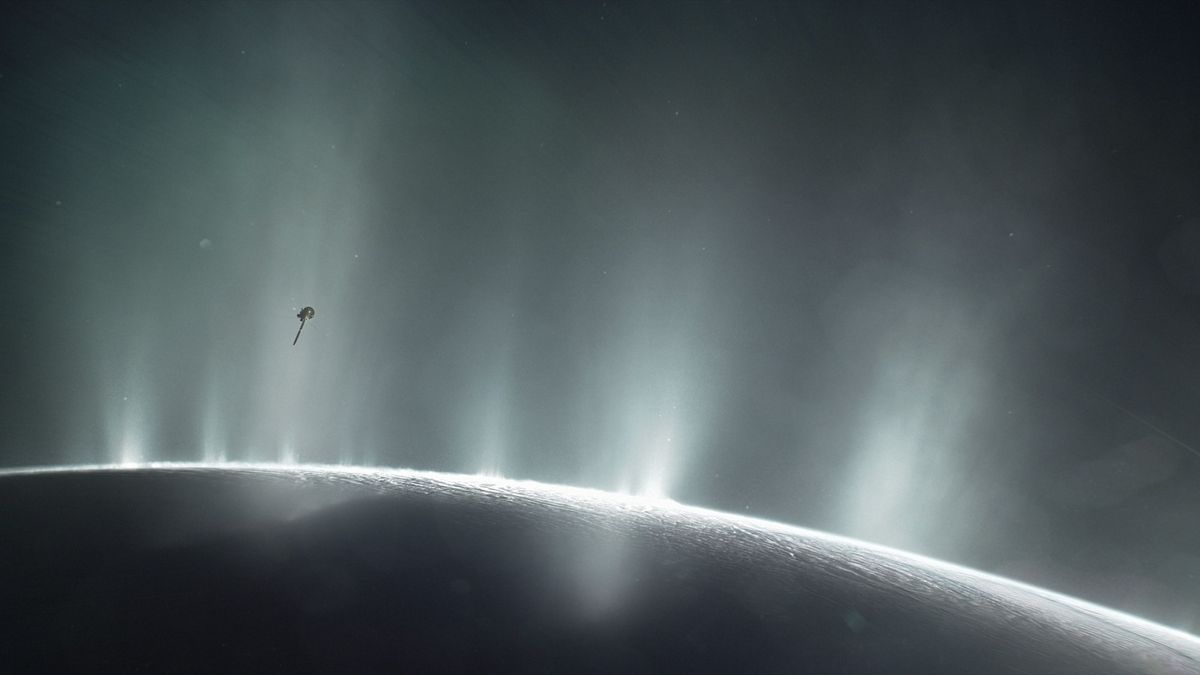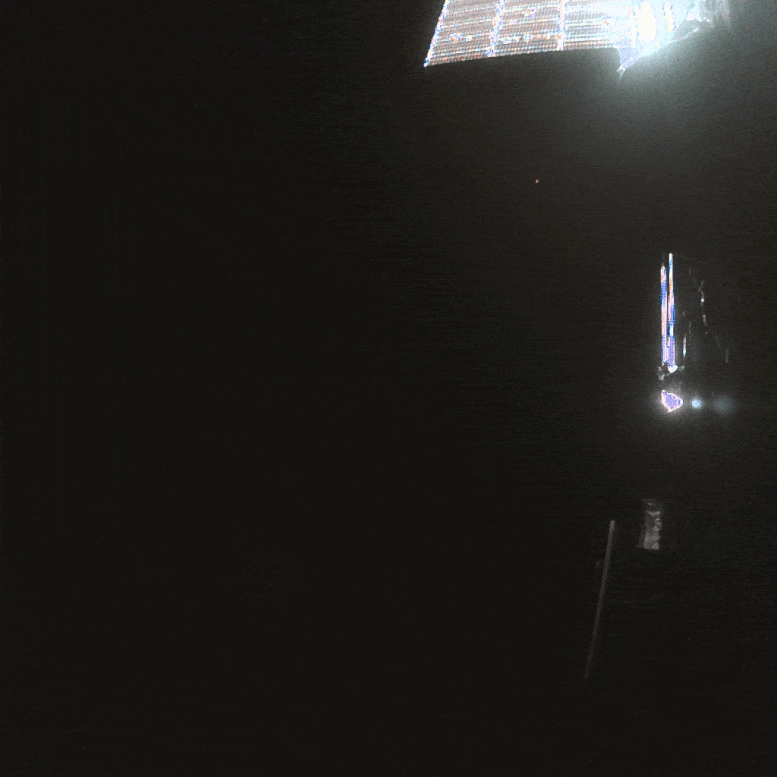
https://scitechdaily.com/esas-jupiter-i ... ets-wings/
By European Space Agency (ESA) April 19, 2023
Juice Gets Wings
art of the distinctive cross-shape pattern of one of the solar panels.
This pair of images captures the rotation of the Jupiter Icy Moons Explorer’s solar arrays during their deployment after launch on April 14. The first image was taken at 15:28 CEST during solar array panel deployment. The second image was taken at 15:32 CEST, and shows the panels having rotated into their 70 degree position, just a few seconds before the deployment sequence was confirmed to have completed. Credit: ESA/Juice/JCAM, CC BY-SA 3.0 IGO
After a successful launch on April 14 on an Ariane 5 rocket from Europe’s Spaceport in Kourou, the European Space Agency (ESA) Jupiter Icy Moons Explorer (Juice) captured this pair of images captures the rotation of the Jupiter Icy Moons Explorer’s solar arrays during their deployment
The images were taken by Juice monitoring camera 1 (JMC1), which is located on the front of the spacecraft and looks diagonally up into a field of view that will eventually see deployed antennas, and depending on their orientation, part of one of the solar arrays. Because of the acute viewing angle of the camera, only part of the array is seen, in this case p
